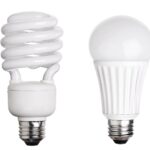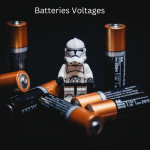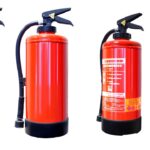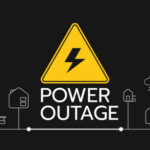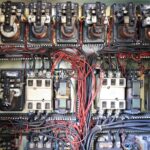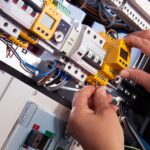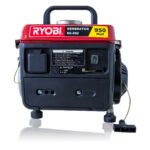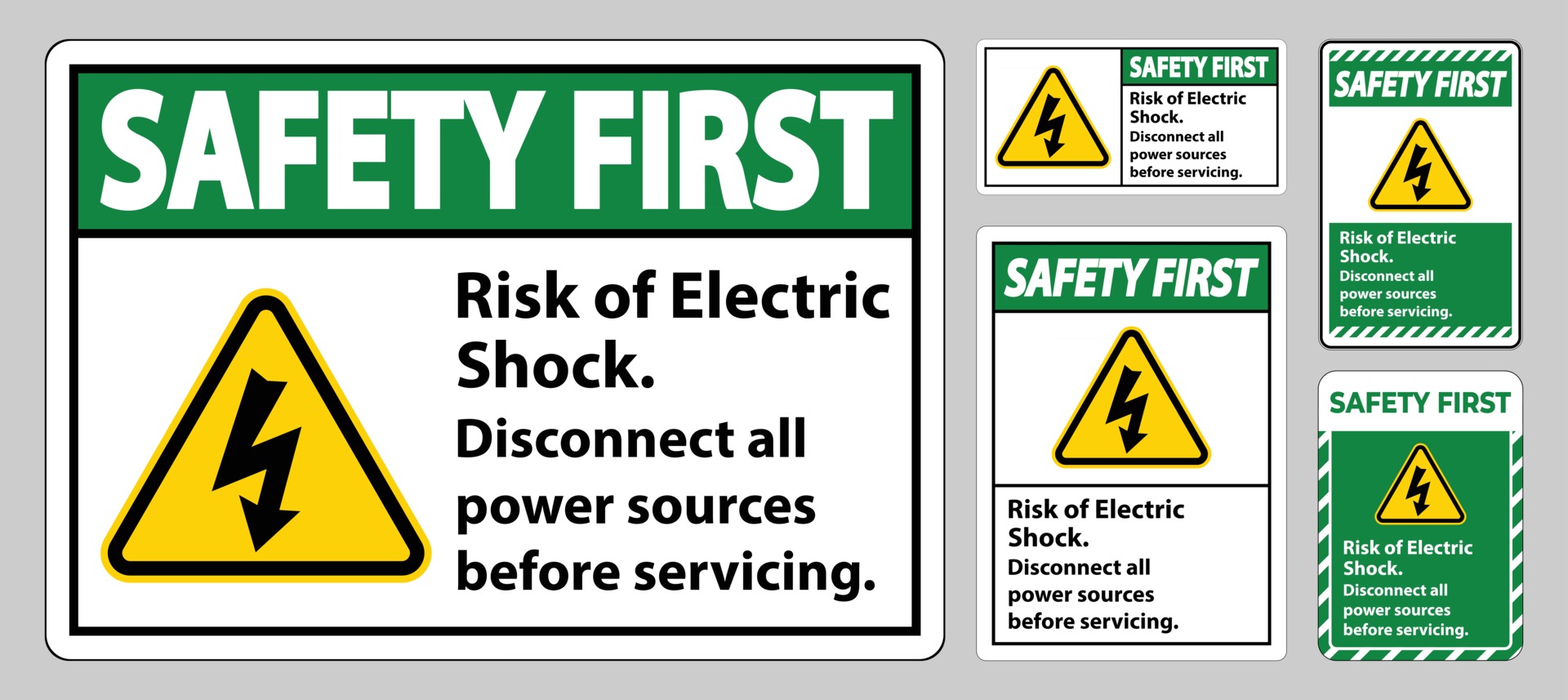
There are always a few electrical risks associated with indoor household items. In this modern era, safe home appliances are at the boom; still, the risk of electric shocks, fire and damage is a threat. A few electrical risks are short-circuiting, breakage of wire, water, fire and household items damage. For the safety and security of electrical accidents, everyone should teach the kids in an appropriate way.
Kids are very smart and intelligent, and they can cure themselves from small accidents and happenings at the domestic level if they are taught properly. Here are a few of the appliances and their associated risks explained. Follow the instructions and educate the kids.
Electrical Safety Risks Associated with Water:
Water is a conductor, and current pass through it easily. When a current wire mistakenly touches the water, and kids touch that water, they have to experience a shock. A really bad shock that can even make them dead. Actually, when you touch that water, it provides the path to the current from you to the ground. Thus, this causes a jerk, a strong current you feel. In order to avoid this accident, make sure to teach your kids about electronic security. These are listed below;
- Never store water or liquid around the electricity wires, and reduce the potential risks.
- Properly tape and use professional wire covers on wire joints.
- Don’t use electronic appliances or devices near the kitchen sink, bathtubs, baby tubs, pools, basins and other water sources.
- Electrical cords and plugs should not be set or placed near water or properly be covered from rain and sewerage.
- If you are wet, don’t touch any electrical appliance.
- Switch, cords, and appliances should not be touched when they are spoiled, sparking, damaged or dip in the water.
By following the above-mentioned tips, you can save your kids from the electrical risks associated with water.
Electrical Safety Risks Associated with Appliances:
Sometimes, because of short circuits, when kids touch home appliances, they experience electric jerks and shocks. For avoidance, one should care to follow the below-mentioned tips and avoid any human loss and damage.
- Make sure to unplug appliances before cleaning or washing them. Either it is a vacuum cleaner or a washing machine. This would reduce the risk of electric shock.
- Electric heaters, irons and other appliances that contain filament, heaters, and high-temperature rods should be treated with great care. Moreover, they become the cause of the fire.
- They should stay away from flammable things like curtains, laundry, plastic sheets, bedsheets, clothes and other volatile items. Don’t wear wet clothing or hands, and switch on or switch off the appliances.
- Don’t use and don’t put appliances when you are near water.
- Avoid sticking fingers, thumbs, toys, and any other conductor with appliances, even if their appliances are working or not.
- Add labels and precautionary transparent stickers that tell the kids about the electricity voltage current.
- Teach the kids, provide an intro, and demo and guide them to the right use of any home and domestic appliance.
- Unplug the appliances if you are not using them.
Nowadays, there are appliances in all homes for a different purposes. The very first thing that you have to do is to teach and properly guide your kids about the usage and precautions of the appliance.
Electrical Safety Risks Associated with Outlets and Plugs:
Plugs and sockets are dangerous if uncovered, and kids’ favourite too. One should cover them and avoid the kid’s contact with them. Here are the things to be followed for the safety of the kids.
- Electrical outlets, sockets and plugs should be covered all the time. Either tape them and use the female switch and insert them.
- Sometimes, people insert many appliances at tone time in one outlet; this should be avoided. These become loose sparks and can become the cause of the fire. So don’t plug many switches into one outlet.
- Avoid touching hot appliances, like fryers, filament bulbs and other hot lights. These can’t only damage the skin but also give an electric shock.
- Kids and children should not plug and unplug any sort of wire or appliance in any outlet without the supervision of the guardian.
- It is essential to repair any damaged, broken and uncovered plug or outlet.
Following the above-mentioned tips and guiding kids about plugs usage can save their life of the kid.
Electrical Safety Risks Associated with Wires and Cords:
Wires and cords are very common and work as a connector between plugs and appliances. These contain connectors and damaged wires that provide electric current and shock to the kids. Follow the below-mentioned points and remain safe from wires and cords’ electric risks
- Sometimes children start playing with cords and wires, and they don’t know about the risk associated with them. Proper guidance and small electric toy jerks let them feel the current and make them aware of the damage.
- Chewing electrical cords is another play most kids do in childhood. Again, we should remove the wires and cords from nearby areas of the kid’s play area. Whether wires and cords are connected or not, kids should be aware of them.
- Yank with base plug, retain the safety of kids. If you are unplugging the wire, then it is your responsibility to add the base plug to it.
- Avoid the broken wires and cords that are exposed at the spot and use new insulated wires.
- Replacing the old, damaged, cracked and uncovered wires immediately and get rid of them. One wire can waste lives, especially in the case of kids.
By following the above-mentioned points and teaching your kids, retain the safety of the kids at home.
Just like indoor safety tips for kids, there are outdoor safety tips. These contain the power lines, poles, electrical substations, water and other circuit breakers wiring.
Conclusion:
In this article, we have learnt about the electric safety tips that are necessary for kids. However, there are online electronics components and safety equipment suppliers that have safety kits, labels, and educational stickers. You can purchase them online and be aware of the kids about the safety measures. The best protection and safety is to teach them and make them independent, self-defender and best protectors. By keeping all these points in mind of kids, they can be able to defend themselves and also protect other kids and friends. These should be taught in schools as a subject, and kids also know the standards of safety.






